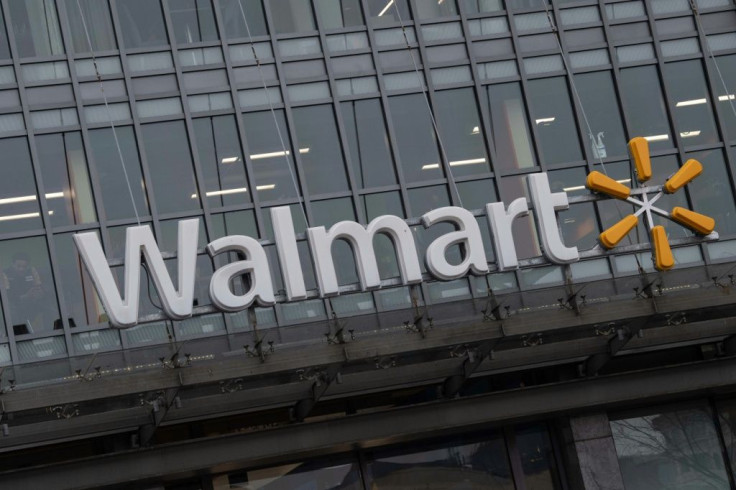Walmart’s Q2 Results Crush Analysts’ Estimates As Online Sales Surge During Pandemic

KEY POINTS
- Excluding items, the company posted second quarter earnings of $1.56 per share
- Revenue came in at $137.74 billion, slightly above analysts’ expectations
- U.S. same-store sales rose by 9.3%
Walmart (WMT) delivered fiscal second quarter results that exceeded analysts’ estimates, as the retailer’s e-commerce sales surged by 97% during the COVID-19 pandemic.
For the quarter ended July 31, Walmart reported net income of $6.48 billion, or $2.27 per share, from $3.61 billion, or $1.26 per share, one year ago.
Excluding items, the company posted second quarter earnings of $1.56 per share, versus consensus estimates of $1.25 per share.
(Among the excluded items were restructuring costs of 10 cents per share related to some corporate job cuts)
Revenue came in at $137.74 billion, slightly above analysts’ expectations of $135.48 billion, and up 5.6% from the $130.38 billion reported a year earlier.
U.S. same-store sales rose by 9.3% -- led by “strength in general merchandise and food” -- versus an expected gain of 5.4%.
However, Walmart’s international net sales dropped by 6.8% to $27.2 billion from $29.2 billion, as pandemic-linked closures hurt business in India, Africa and Central America.
Walmart also said it spent some $1.5 billion on pandemic-related costs – such expenses included the hiring of more than 400,000 hourly workers to supply online orders, clean stores and stock shelves.
Walmart Chief Financial Officer Brett Biggs said the company could get another boost from additional federal stimulus programs.
“Stimulus was definitely impactful to the consumer in the second quarter, and we’re watching what’s going on in Washington, and how we’re going to progress with a new stimulus package,” he told CNBC. “I think certainly it would be helpful for consumers.”
But Briggs cautioned that school supply sales may take a hit if students take classes online when school sessions resume next month.
The pandemic, he noted, “has made back-to-school a little more uncertain” and “a little more choppy.”
Moreover, WalMart has faced increased “crossover competition” from other big retailers including Dollar General (DG) Lowe’s (LOW) and Home Depot (HD).
“While Walmart is still king, the pandemic has given rise to more home improvement shopping and growing dollar store visits, two segments that seem to be taking away visits,” said Ethan Chernofsky, vice president of marketing at Placer.ai, a data analytics firm.
© Copyright IBTimes 2025. All rights reserved.





















